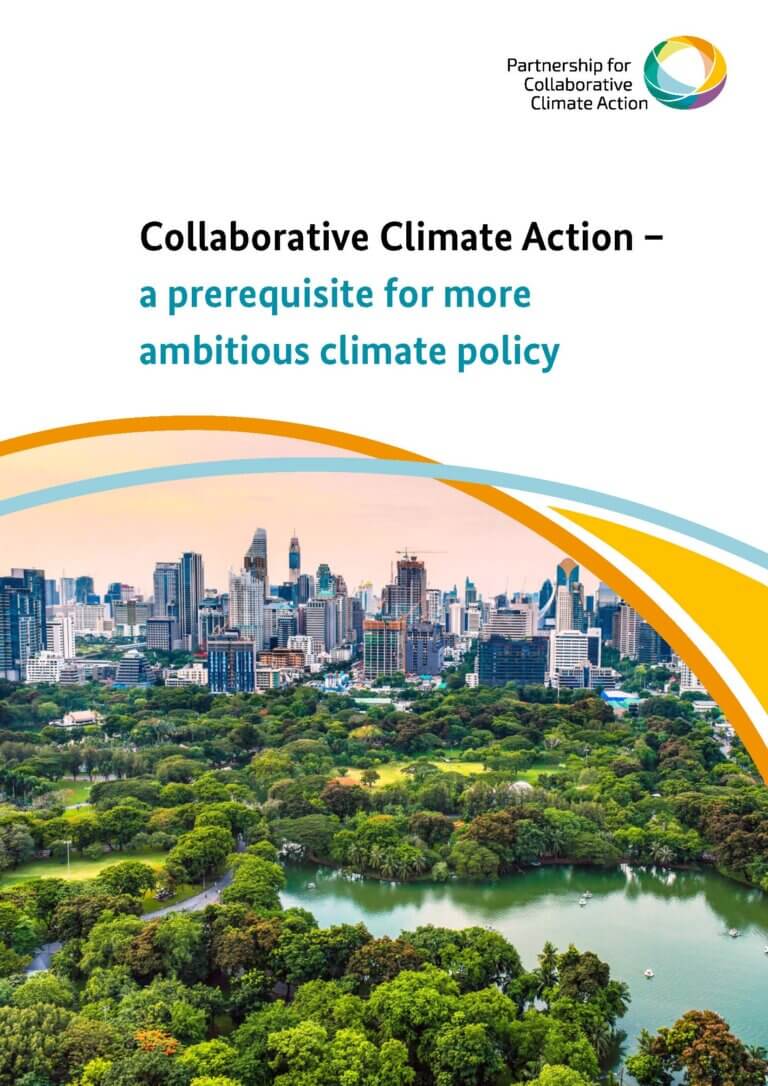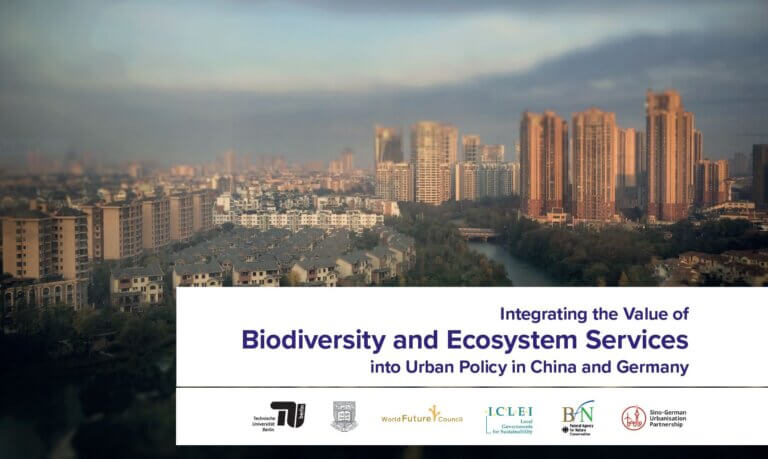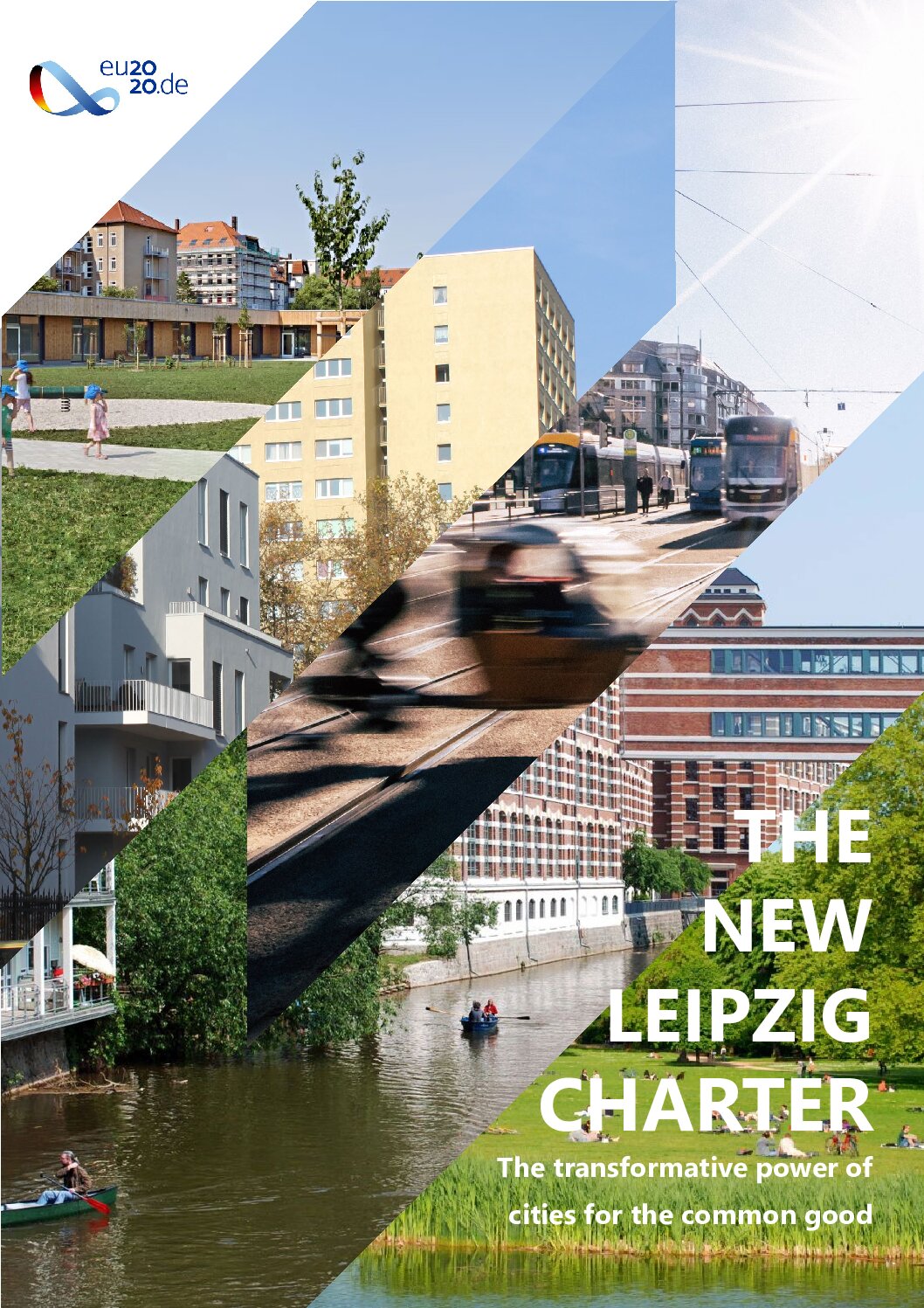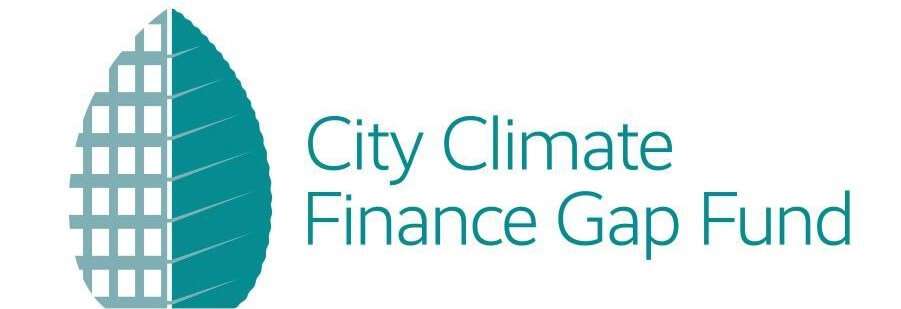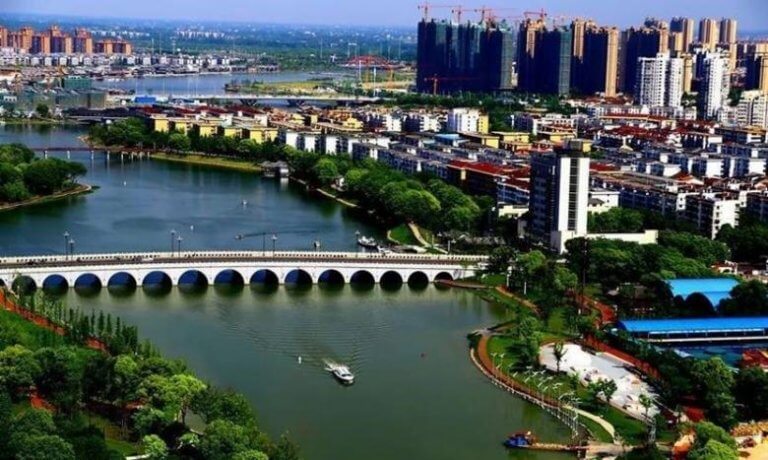
SPONGE CITY CONSTRUCTION AS A MAJOR ADAPTATION MEASURE IN CHANGDE CITY
With the annual rainfall 1200-1500 mm and the majority falls in spring and summer, the city of Changde faces the severe risk of urban inland flood and its intensity goes even worse when climate scenarios show more fluctuating in precipitation. Meanwhile, with the rapid progress in urbanization and industrialization, urban rivers turned to muddy and smelly with the surface overflowing with cyanobacteria. In the purpose of updating city infrastructure to be as flexible as a sponge in adapting to environmental changes and inland flood risk, as well as addressing the urban river pollution issues, sponge city has been strategized as a key measure to deal with water problem and as a core urban adaptation approach.




